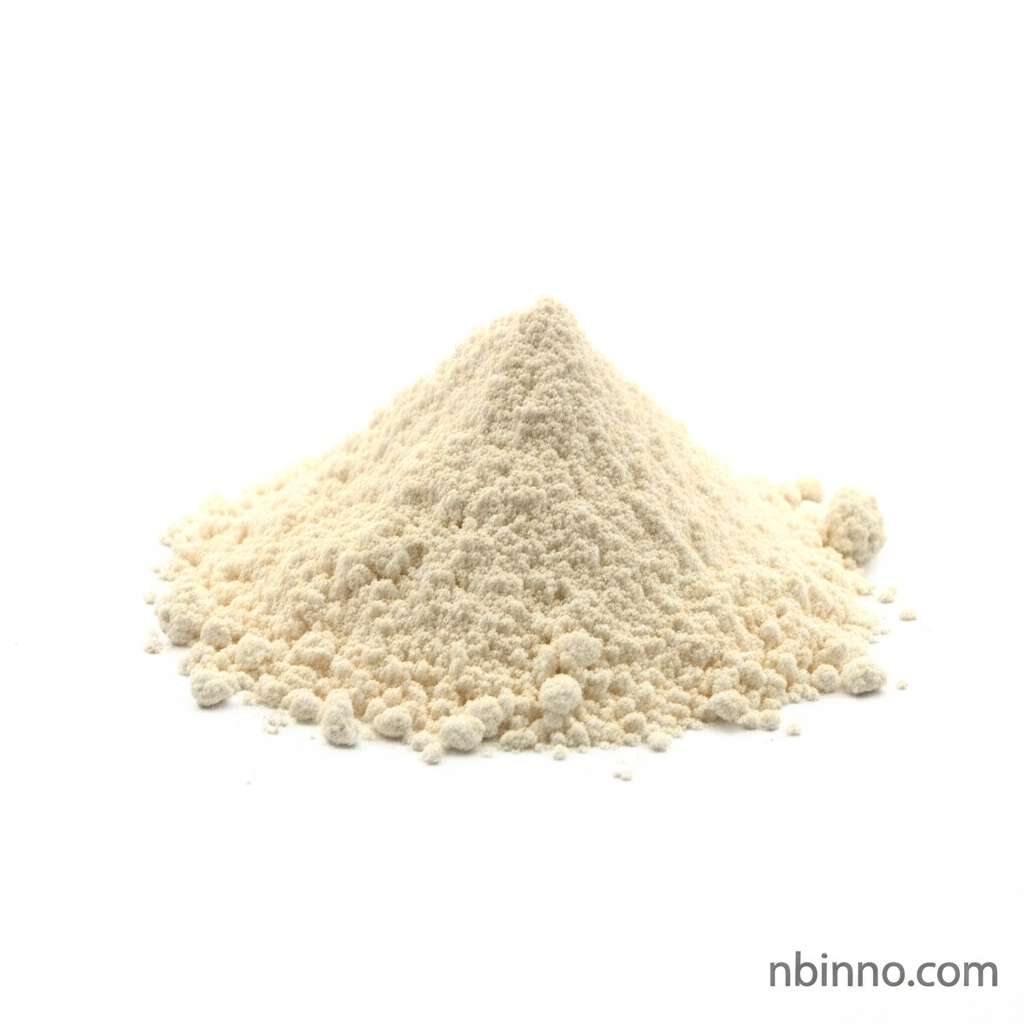Discover the Power of 9,9-Dioctylfluorene-2-Boronic Acid Pinacol Ester for Organic Electronics
Unlock next-generation performance with our high-purity organic electronic intermediates.
Get a Quote & SampleUnlocking Advanced Electronic Materials

Dioctylfluorene-2-Boronic Acid Pinacol Ester
This high-purity compound is a crucial building block for synthesizing advanced semiconducting polymers used in cutting-edge organic electronic devices. Its unique chemical structure and excellent solubility properties make it ideal for developing materials with superior performance characteristics in displays and solar energy applications.
- Leverage this key intermediate for OPV materials development, enabling efficient energy conversion in solar cells.
- Utilize high purity organic electronic intermediates to ensure the reliability and performance of your OLED devices.
- Explore the synthesis of fluorene based conjugated polymers for applications demanding exceptional charge mobility.
- Incorporate pinacol ester functionalized organic compounds for advanced molecular design and precise control over material properties.
Key Advantages for Your Research
Enhanced Solubility and Processability
The dioctyl substituents provide excellent solubility in common organic solvents, facilitating solution processing techniques essential for manufacturing organic electronic devices, aiding in organic solar cell precursor synthesis.
Superior Purity for Reliable Performance
With a minimum purity of 97%, this compound guarantees consistent results and reliable performance in your synthesis of organic electronics semiconducting polymers.
Enabling Next-Generation Technologies
As a vital component in OLED materials synthesis, it contributes to devices with enhanced brightness, efficiency, and color purity, driving innovation in display technology.
Key Applications
OLEDs and PLEDs
Essential for creating light-emitting layers with superior electroluminescence, crucial for vibrant and efficient displays. This material is vital for OLED materials synthesis.
Organic Photovoltaics (OPVs)
Serves as a precursor for developing efficient donor or acceptor materials, contributing to advancements in flexible and low-cost solar energy solutions, supporting OPV materials development.
Organic Field-Effect Transistors (OFETs)
Enables the synthesis of high-mobility semiconducting polymers, critical for flexible electronics, sensors, and display backplanes, utilizing OFETs synthesis chemicals.
Advanced Materials Research
A fundamental building block for researchers exploring novel conjugated polymers and functional materials for a wide range of electronic applications, vital for advanced materials research chemicals.
